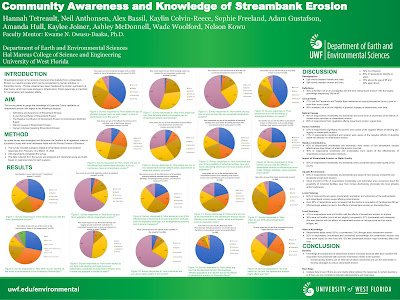Your map is only as good as your chosen projection.
This weeks lab focused heavily upon projections and how different projections distort different aspects of a map. It is important to consider these distortions in order to accurately display a given area. In our lab we worked with three different projections: Albers Equal-Area, Universal Transverse Mercator, and State Plane. When displaying the state of Florida differences in the three projections could be observed. Albers is a conical projection that preserves area of bodies through two standard parallels. Albers is a common projection used in global maps. UTM is also a conformal projection that uses a cartesian coordinate system to divide the Earth's surface into 60 zones. State Plane is a coordinate system projection that divides the U.S.A. into 124 geographic zones in order to preserve state areas based on shape and size.When designing a map it is essential to consider what aspects need to be displayed as accurately as possible. This focus of a map is what is used in order to determine a proper projection. For example, at a county level in the state of Florida the State Plane projection might be the best choice if your map area falls directly on one of the UTM's boundary zones. All projections distort it's just a matter of what is important to the map that you are making.










